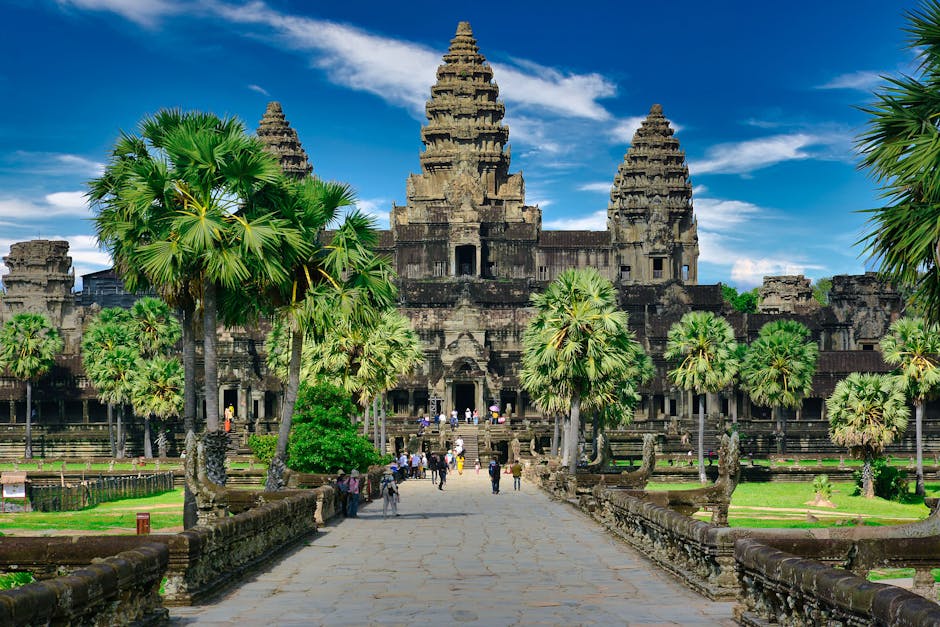
Cultural Heritage Sites: Preserving Our Past
Cultural Heritage Sites: Preserving Our Past
As humanity progresses and modernizes, it becomes essential to preserve our cultural heritage sites—reminders of our past and windows into our identity. These sites hold immense historical, artistic, and cultural value, often narrating stories and traditions that have been passed down through generations.
A cultural heritage site can encompass various places, such as archaeological sites, iconic landmarks, museums, historical buildings, or even entire cities. Each of these sites provides valuable insights into the lives and achievements of our ancestors.
One prime example of a cultural heritage site is the Great Wall of China, a marvel of ancient engineering and a symbol of Chinese history and resilience. This colossal structure stretches over 13,000 miles, reflecting the rich dynasties that ruled the nation.
Another iconic cultural heritage site is the Pyramids of Giza in Egypt, which serve as a testament to the ancient Egyptians' architectural prowess. These towering structures have captivated visitors for centuries, offering them a glimpse into the fascinating world of pharaohs and ancient civilization.
The Acropolis of Athens stands as a testament to the brilliance of Greek architecture and intellect. This cultural heritage site showcases the magnificence of the Parthenon, an enduring symbol of Western civilization and democracy.
Preserving these cultural heritage sites is essential, as they hold immense educational, historical, and cultural significance. They contribute to our understanding of the past and help shape our future. By protecting these sites, we ensure that future generations can experience the same sense of wonder and learn from the achievements and mistakes of those who came before us.
It's crucial for governments, communities, and organizations to come together and undertake conservation efforts to safeguard these cultural heritage sites from natural or man-made threats. Through careful maintenance, restoration, and responsible tourism, we can ensure that these sites continue to inspire and enrich our lives.
Let's remember that cultural heritage sites are not merely physical structures but living embodiments of our shared history and identity. They connect us to our roots, fostering a sense of belonging and pride in our cultural heritage. So let's explore, learn, and preserve these exceptional sites that remind us of who we are and where we come from.
